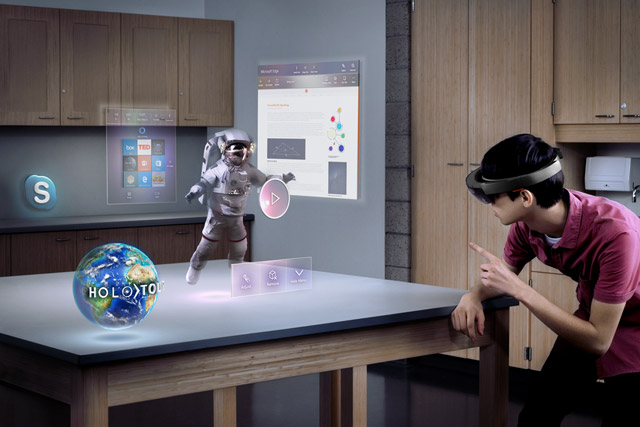
Unveiling the Psychological Palette: The Impact of Color in Film
Color is a potent storytelling tool in the world of cinema, influencing emotions, perceptions, and the overall viewing experience. The psychology of color in film is a nuanced interplay of hues and tones that directors wield deliberately to evoke specific reactions from their audience
1. Emotion Elicitation
Colors have the power to evoke emotions on a subconscious level. Warm tones like reds and yellows often elicit feelings of warmth, passion, and intensity, while cooler tones such as blues and greens create a sense of calm, tranquility, and melancholy. Filmmakers strategically choose color palettes to align with the emotional undertones of their narratives.

2. Symbolism and Themes:
Colors serve as symbolic elements, conveying themes and motifs within a film. For instance, the use of red may symbolize love or danger, while a dominant blue palette could signify tranquility or sadness. Consistent color schemes contribute to the overall visual storytelling, aiding the audience in decoding the underlying messages of a film.

3. Character Development:
Film and Television: VR enables immersive
experiences with 360-degree videos, while AR
enhances storytelling and visual effects in
television shows.
Gaming: Both VR and AR offer immersive gaming
experiences, with VR providing a sense of
presence within the game world and AR
overlaying virtual elements in the real world.
Marketing and Advertising: VR and AR are used to
create engaging and interactive experiences for
brands, allowing consumers to explore products
or engage with virtual advertisements
Education and Training: VR simulations
aid in practical training, while AR
enhances traditional learning materials
and provides immersive educational
experiences.
Live Events and Broadcasting: VR
broadcasts offer remote viewers
immersive experiences of live events,
while AR overlays digital information onto
live broadcasts, enhancing viewer
engagement.

Future of VR and AR in Media Production
Decreasing Hardware Costs: VR and AR
hardware costs are expected to decrease,
making them more accessible.
Improved Software Tools: The development
of new and improved software tools will
simplify VR and AR content creation.
Rise of the Metaverse: The emergence of the
metaverse could lead to new opportunities
for VR and AR content creation.
Conclusion
The integration of virtual and augmented reality in modern media production is a rapidly growing trend with the potential to revolutionize storytelling, entertainment, education, and marketing. As these technologies continue to evolve, we can expect to see even more innovative applications across various industries in the future

